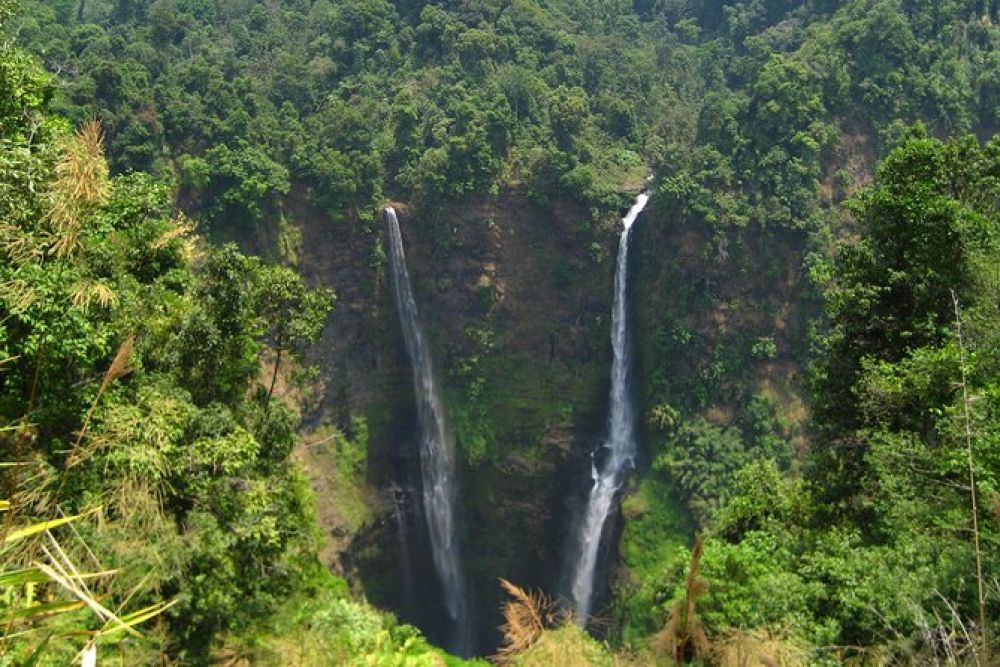

The history of tourism in the Bolaven Plateau, with the town of Pakse at its threshold, is a tapestry of natural beauty, cultural charm, and burgeoning adventure opportunities. Nestled within the southern reaches of Laos, the Bolaven Plateau has been a hidden gem waiting for explorers to unveil its splendors.
The region's history with tourism can be traced back to the early 20th century during the French colonial era. Attracted by the cool climate and fertile soil which was perfect for coffee plantations, the French established Pakse in 1905 as an administrative outpost. The stunning landscapes of the plateau combined with the colonial architecture began drawing intrepid travelers and adventurers.
After the end of the Indochina Wars and the opening up of Laos to foreign visitors in the 1990s, Pakse and the Bolaven Plateau slowly started gaining recognition. Backpackers and tourists began to chart their way to the plateau's cascading waterfalls, verdant valleys, and hill tribe villages.
The Tad Fane Waterfall, a spectacular twin chute that plummets into a deep gorge, alongside other waterfalls like Tad Yuang and Tad Pasuam, became emblematic of the region's natural wonders. These attractions were some of the earliest to draw tourists to the region in significant numbers.
With the increase in visitor numbers, the Laotian government and private enterprises began investing in tourism infrastructure. Accommodation options expanded from rudimentary guesthouses to include eco-lodges and luxury resorts. Attempts were made to promote sustainable tourism practices that would preserve the region's natural beauty while providing livelihoods for local communities.
Bolaven Plateau's unique climate makes it ideal for coffee growing, and subsequently, coffee tourism has flourished. Travelers can visit plantations, learn about coffee production, and sample the local brew that is gaining global recognition.
Ecotourism has also become crucial to the plateau's appeal, with an increasing number of visitors seeking out experiences that connect them with nature and promote environmental conservation. Tree-top zip lines, trekking paths, and wildlife observation activities add to its allure.
One of the latest tourism trends in the Bolaven Plateau is the advent of the motorbike loop. Adventurers can rent motorbikes to journey through the well-mapped routes that take them across multiple waterfalls, ethnic villages, and breathtaking viewpoints. This self-guided tour has become a rite of passage for many travelers to Laos.
Today, the Bolaven Plateau is celebrated as a destination for both its natural and cultural richness. Visitors combine the majestic waterfalls with visiting local villages, participating in traditional crafts, and enjoying the rich tapestry of Laotian cultures. As the tourism industry in Laos continues to grow, the plateau retains an air of tranquility, offering an escape for those looking to immerse themselves in untouched landscapes.
The Bolaven Plateau and Pakke in Laos have emerged from relative obscurity to become a beacon of adventure, culture, and sustainable tourism. With a history intertwined with its natural environment and the resilient spirit of its people, it represents an evolving journey that offers something for the soul of every traveler.